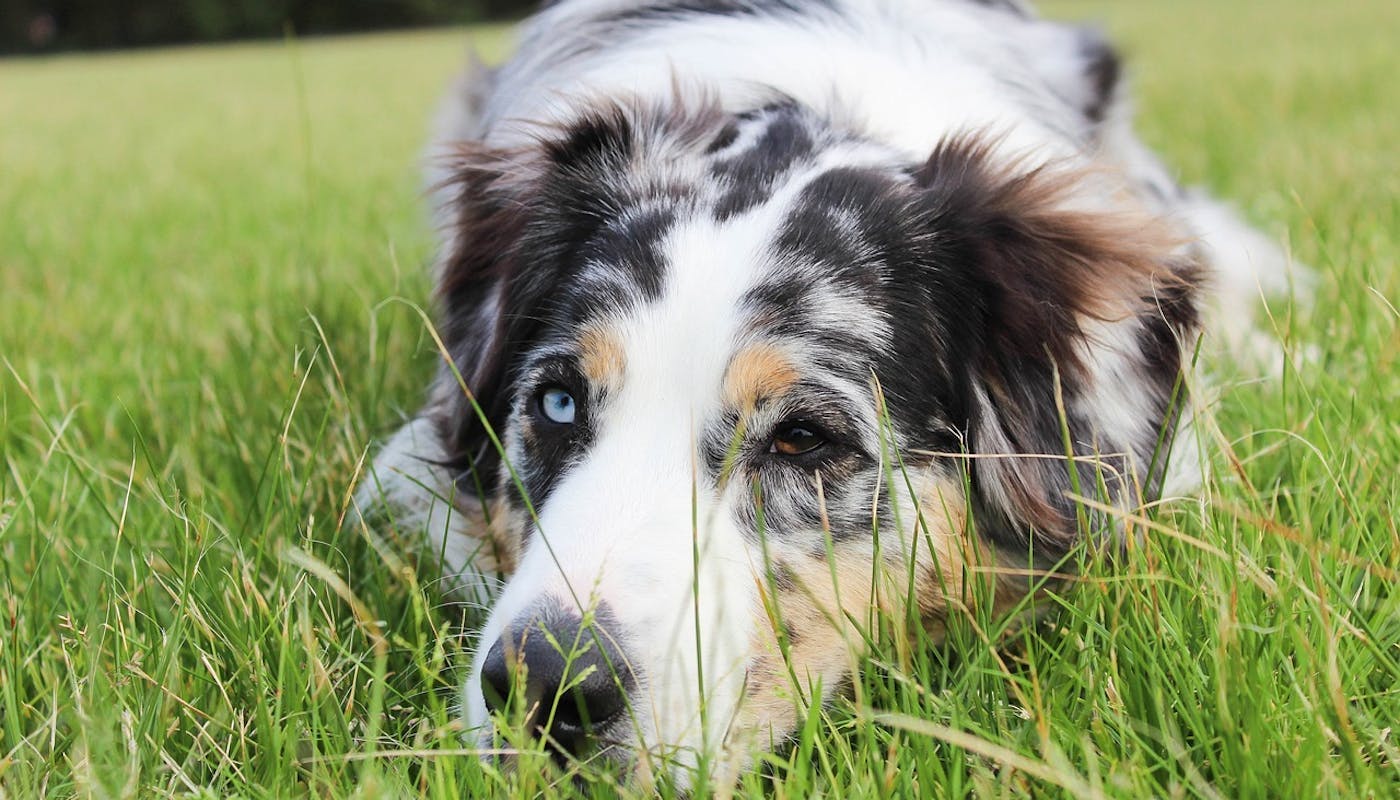How to Help Your Dog Recover From a Dog Attack
If your much-loved dog has been injured in an incident or been attacked by another dog, our hearts go out to you. We know how much it hurts to see them in pain. Here are some tips to help you support their journey to recovery.
Separating Dogs in a Fight
It’s important to separate two fighting dogs in a safe way: first, try distracting them with a loud noise or water and if that fails, you need to separate them using something like a long stick or bin lid. For more information, read about dog fighting on our blog/learn/dog-training/are-my-dogs-playing-or-fighting.
Never use your hands or feet (or any other body part). It doesn’t matter how much you know your beloved pup would never hurt you, if they’re caught up in a fight, they’re going to lash out at anything they can. And you’ve got even less reassurance that the other dog won’t hurt you too.
Caring for Wounds
If your dog has suffered an injury, you should of course, take them to the vet immediately. Post-treatment, your vet will provide detailed instructions on caring for your dog’s injuries. Following them carefully will give your pup the best chance of successful healing (and lower chances of complications and extra costs).
If your dog has a significant wound or stitches, don’t hesitate to ask your veterinarian for a cone. It looks torturous, but it could save your dog from developing an infection which can be far worse. Of course, their natural instinct is to lick and chew the source of pain, but (contrary to popular myth) their mouths are not disease-free. If the traditional cone is too uncomfortable or impractical for your dog, there are other alternatives. Inflatable donuts or even medical dog shirts - just make sure they can’t get to their wounds.
Creating a Safe Space
This piece of advice applies to dogs in all kinds of situations: it’s good practice to maintain a safe space for your dog. It’s somewhere for them to hide (if feeling overwhelmed), somewhere they won’t be prodded (if surrounded by people), and somewhere they have access to food and familiar-smelling toys. A safe space can help dogs suffering from all kinds of mental trauma – including those who are nervous in storms or have separation anxiety.
In this case, their safe space becomes a place where they know they are safe and unthreatened, and there is no need for fear. After a dog attack, it’s more important than ever. Ensure that your dog has quiet time to rest and start to recover. It’s a good idea for you (their human “safe space”) to be around, but not to make too much fuss. Dogs respond to stress, so try to be calm and stay in routine.
Helping Your Dog to Regain Confidence
Healing wounds is relatively simple compared to healing your dog’s damaged confidence. Immediately after a fight, most dogs will be shaky and nervous as their levels of cortisol (stress hormone) will have been raised. But much later, your dog might suffer from mental consequences. Certain triggers can cause phobias which become permanent. (Of course, some dogs recover from an attack without any side effects.)
To help your dog to recover their confidence after an attack, here are some tips.
- It’s usually advised to keep your dog at home for a few days while they settle emotionally. Provide their favorite activities to keep them busy and cheer them up!
- For their first walks after an attack, choose places your dog knows best. You can start with shorter walks to observe their behavior. Don’t go to the dog park; keep your dog on a leash to avoid close encounters at this point.
- After an attack, your dog might experience stress, anxiety, or even reactivity (such as barking) when they encounter other dogs. If you observe this, practice socializing them with friends’ dogs in a safe place. Your local dog-training school might run socialization events for nervous dogs.
- If the problem persists, contact your vet or an animal behaviorist.
Further Reading
Does your dog get boisterous around playmates? Learn how to tell when the playing turns into fighting/learn/dog-training/are-my-dogs-playing-or-fighting. Read about overarousal and aggression/learn/dog-lifestyle/what-is-overarousal-in-dogs. It’s handy to know the signs of stress in dogs/learn/dog-health/signs-of-stress-in-dogs. If your dog’s anxious, here’s how to help them/learn/dog-health/dog-anxiety-facts-tips-and-treatment-options.
